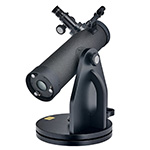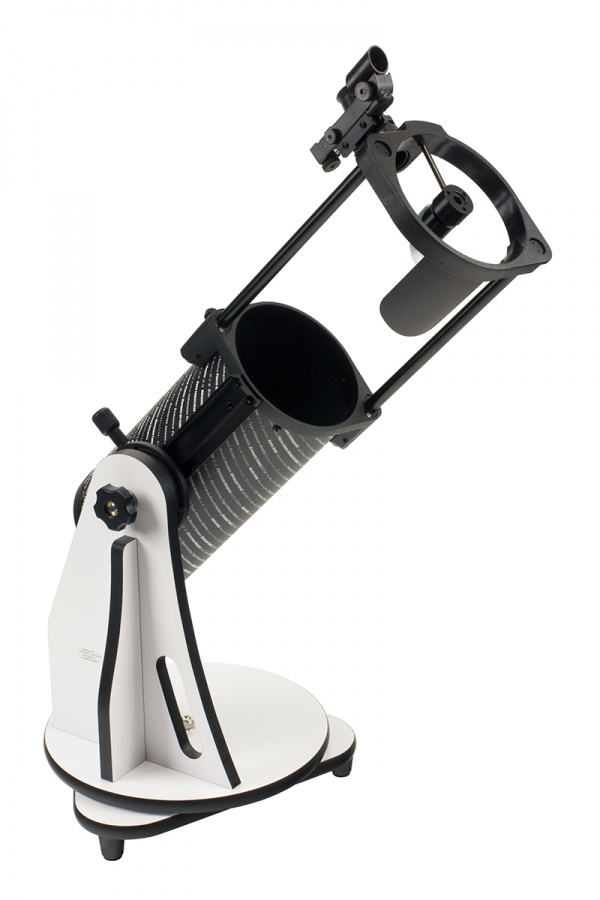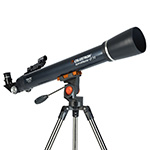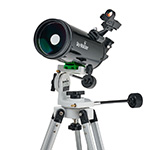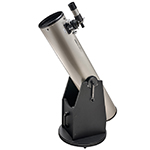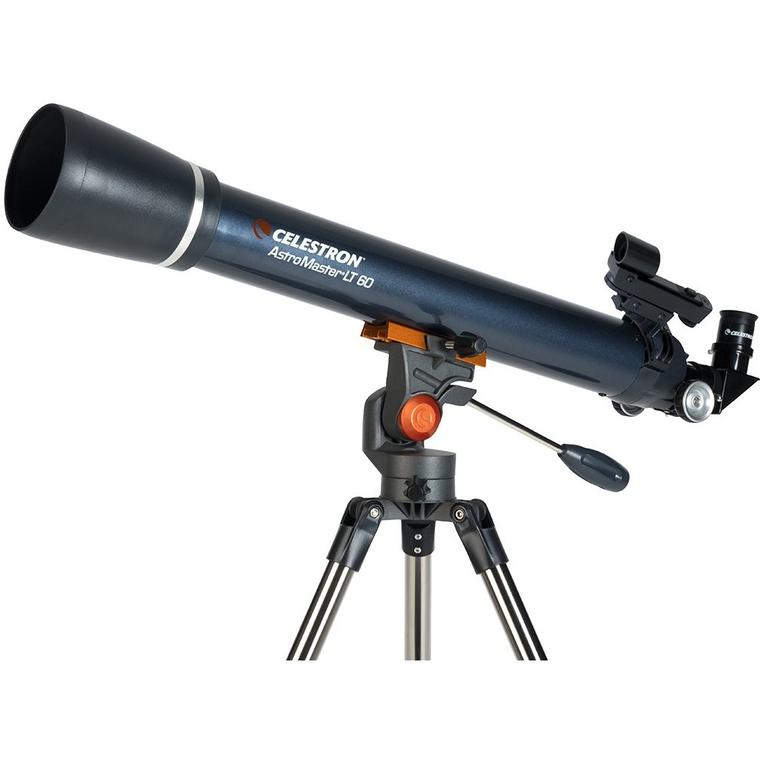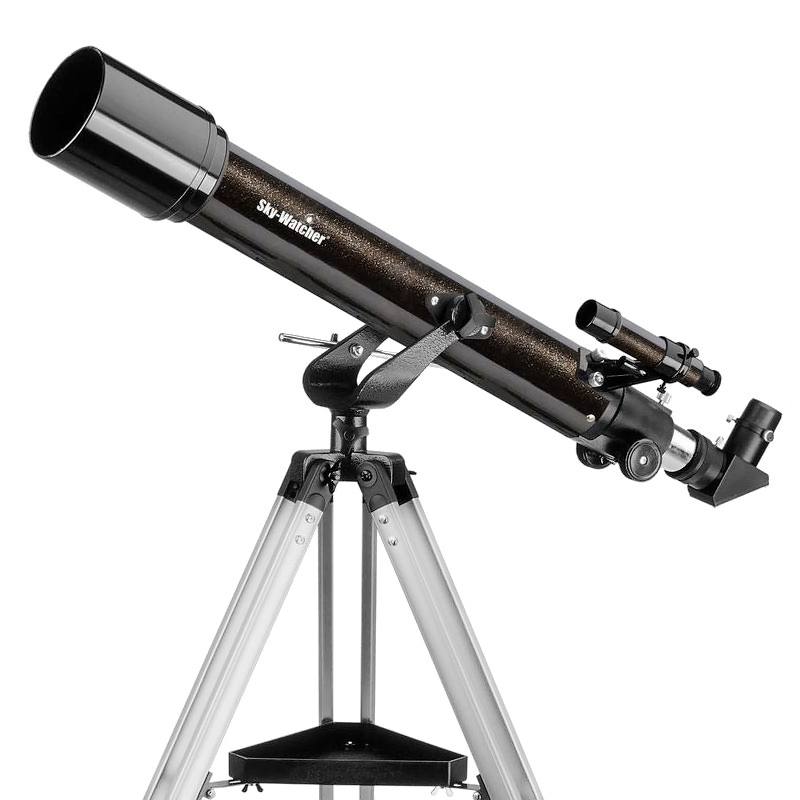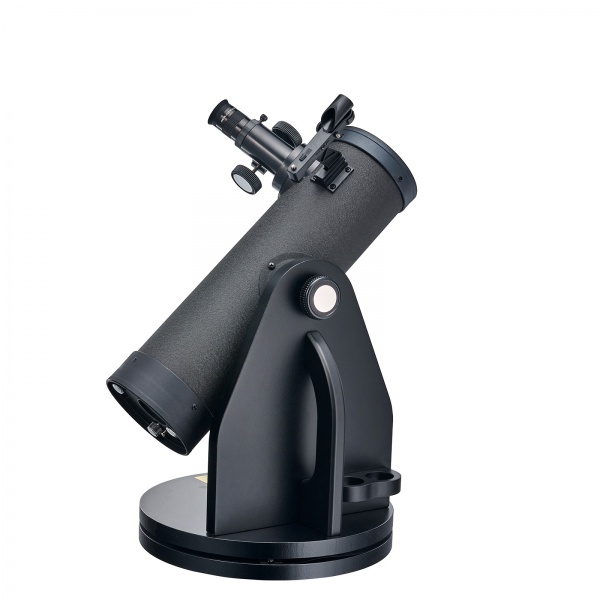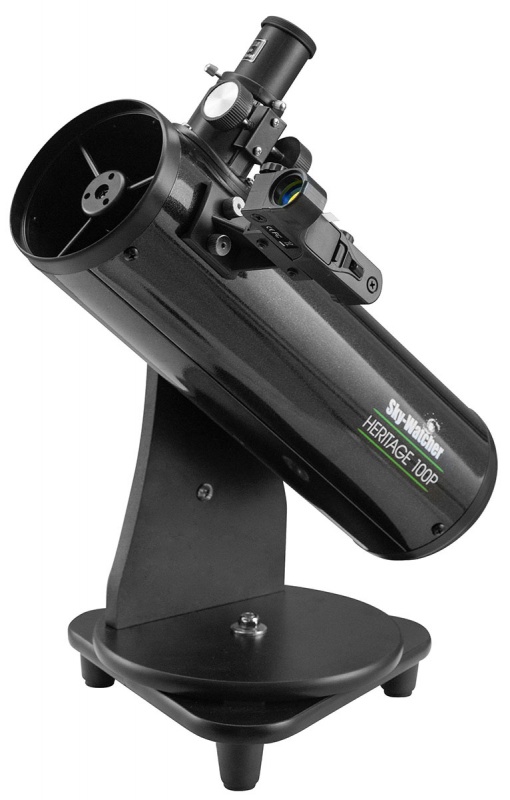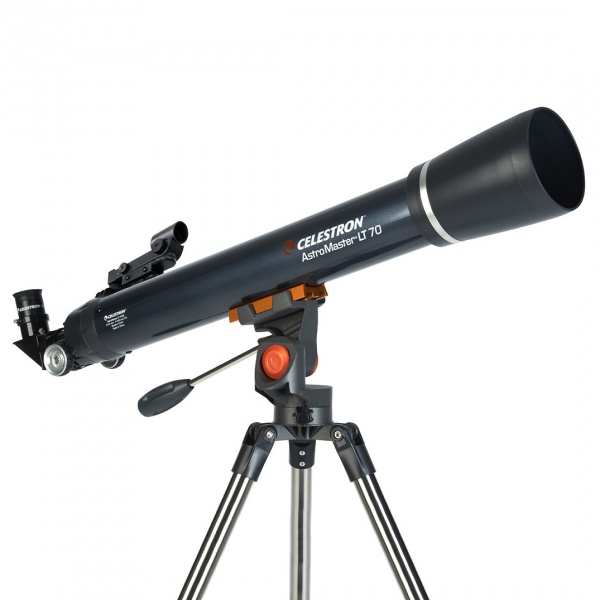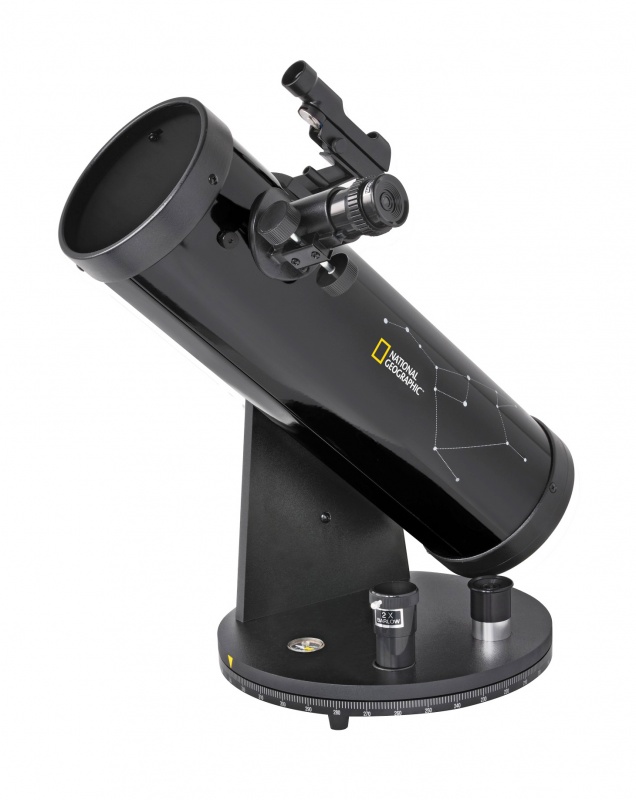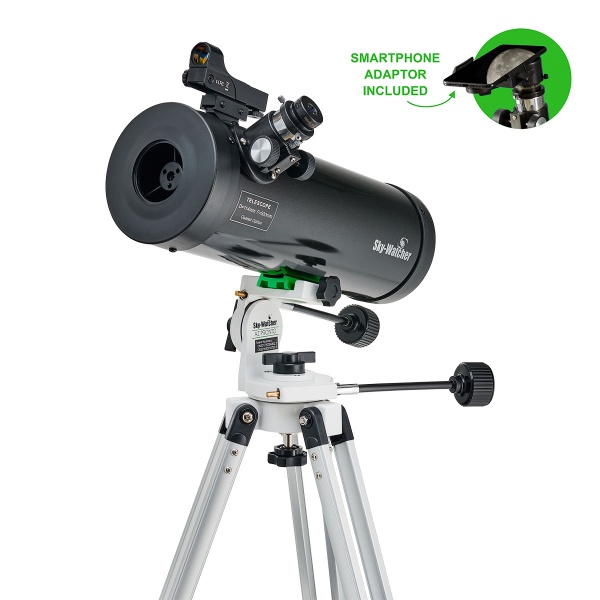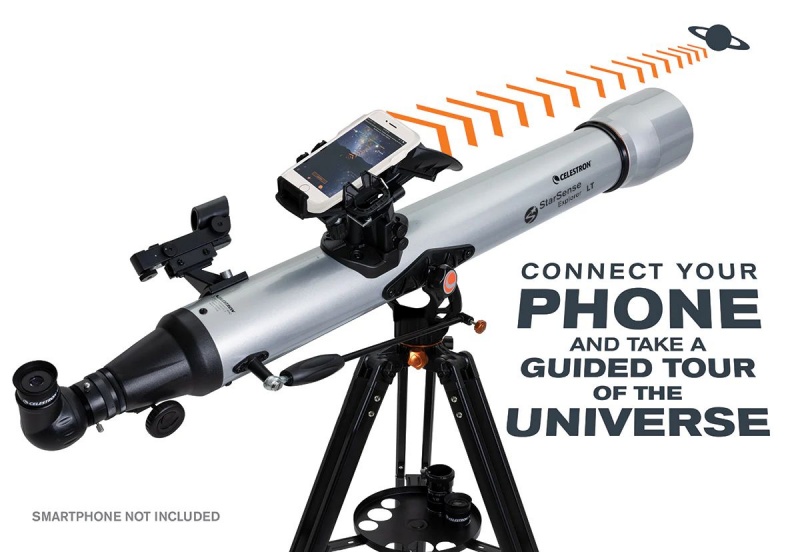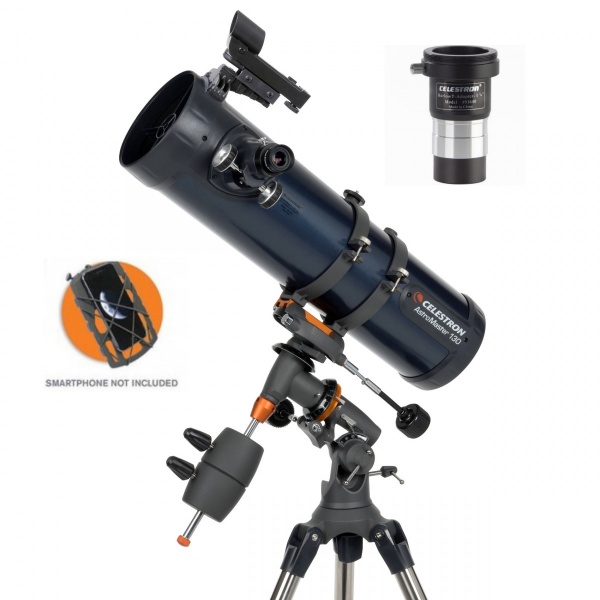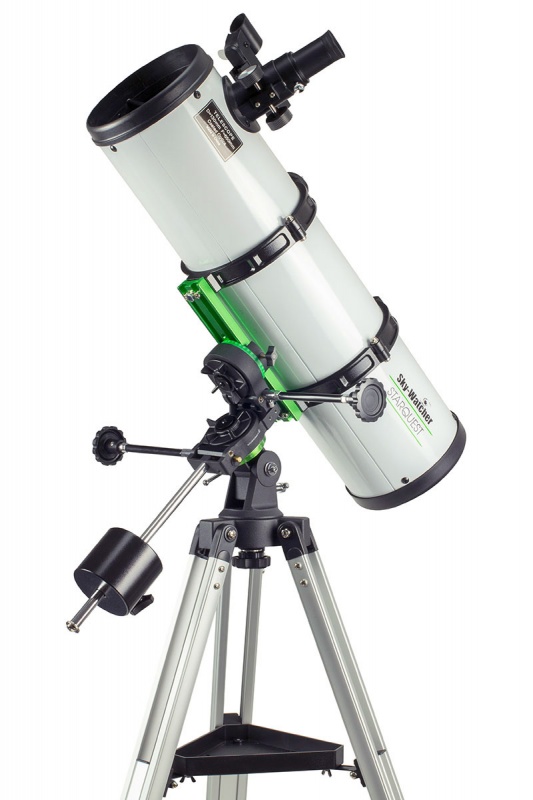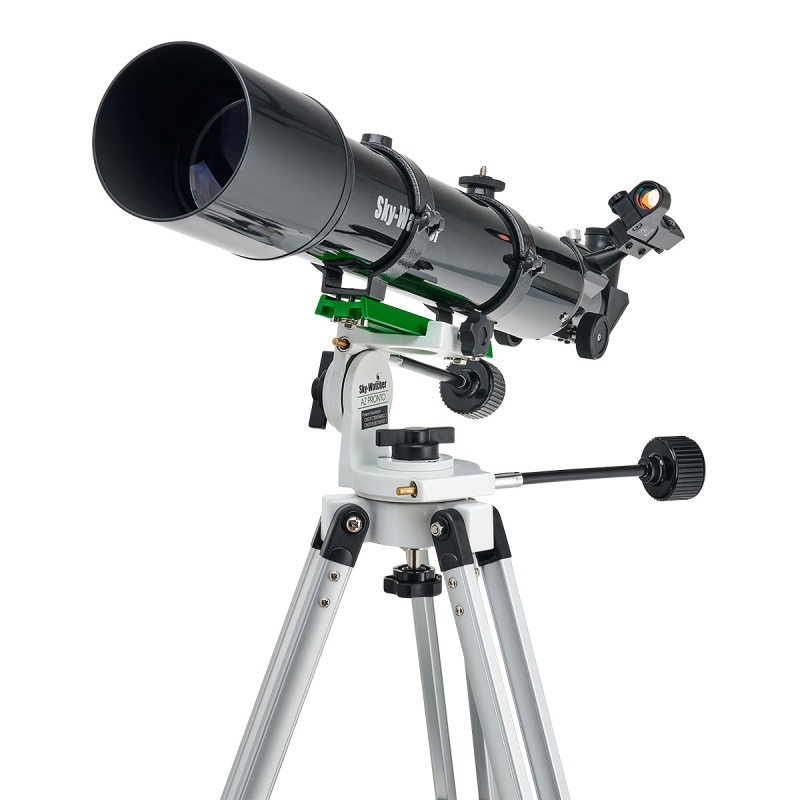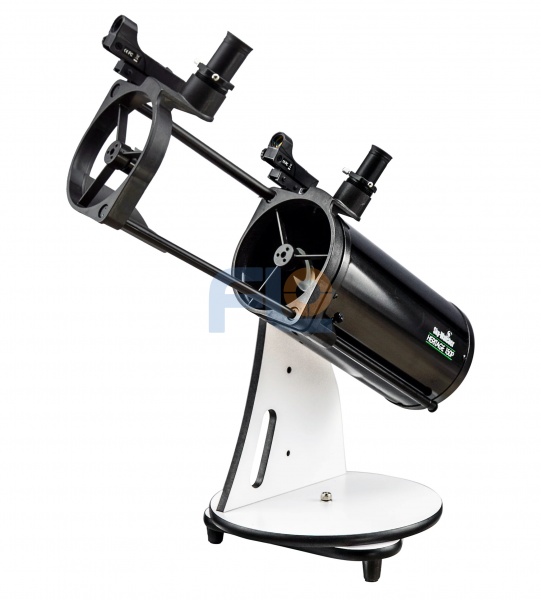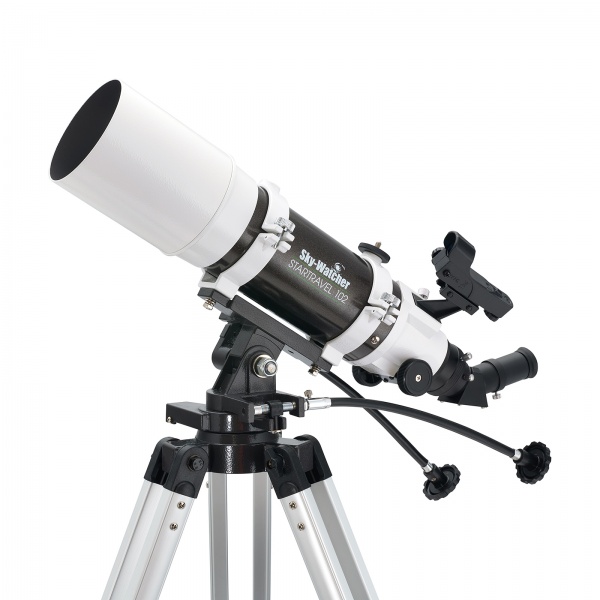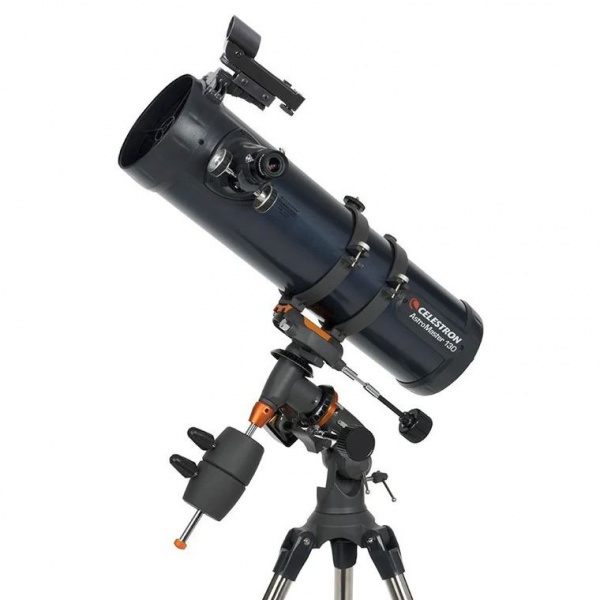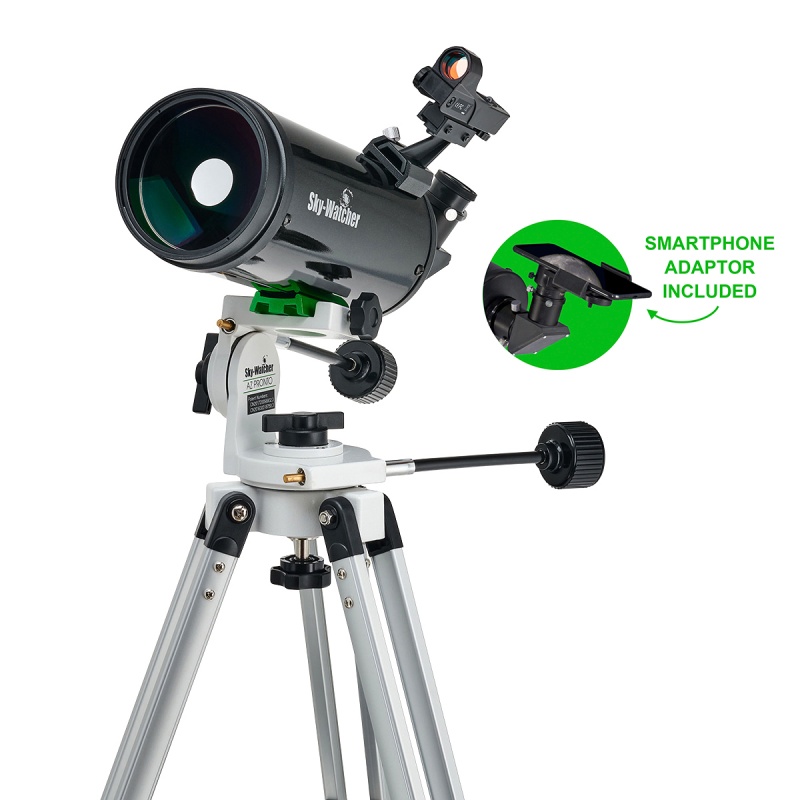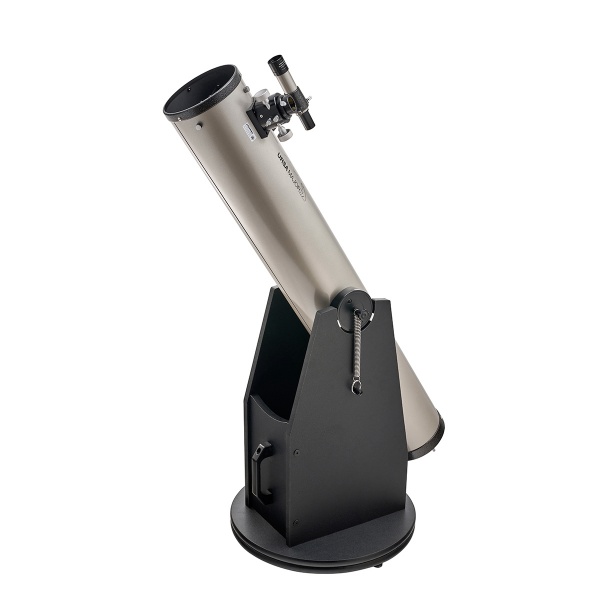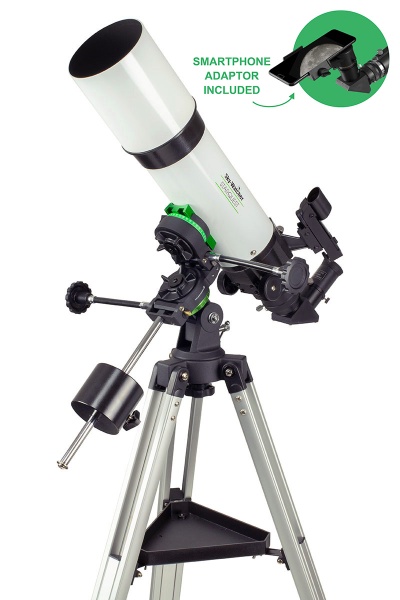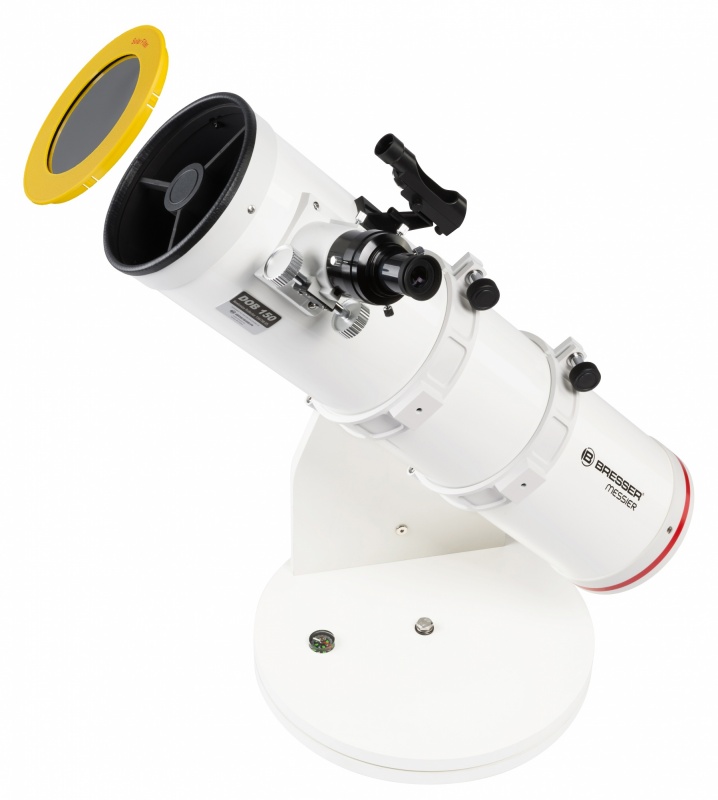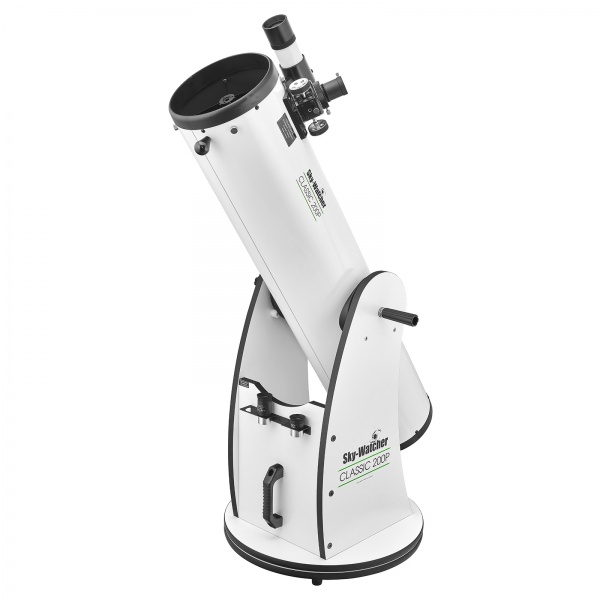Beginner Telescopes GuideThe BEST astronomy telescopes for beginners.Your first astronomy telescope is arguably the most important because if the views it provides do not amaze and delight, your interest in astronomy will crash and burn on the runway! We don't want that, so we have created this category and populated it with our favourite beginner astronomy telescopes. Before choosing your first telescope, think about what interests you most. Suppose you want an easy-to-use large-aperture telescope for visual astronomy (not astrophotography). In that case, a Newtonian reflector telescope on a Dobsonian mount is best because it provides the largest aperture for your money. Larger apertures collect more light, so make faint targets brighter and easier to see. If you are most interested in observing the Moon, planets and brighter deep sky objects - and value low maintenance - consider a refractor or Maksutov telescope. You may want to control your astronomy mount using a handset, smartphone, tablet or computer. Or instruct it to automatically find a target, centre it in the eyepiece, and then track it. All this is possible with a computerised GOTO astronomy mount. The telescopes shown below are affordable yet have enough light-gathering ability and resolving power for you to view details on the Moon’s surface, see Saturn's rings, Jupiter's cloud belts, and its brightest moons. Several deep-sky targets, including famous Messier Objects like the globular cluster in Hercules (M13) and the Great Nebula in Orion (M42), can also be observed. Telescopes in this category are designed primarily for visual astronomy. If you wish to photograph the night sky, then a short focal length refractor telescope (or a DSLR camera and lens) on a Star Tracker mount will suit you better because it tracks the target as it moves across the sky. We like to help, so please contact us if you have questions or are looking for support 🤗
Hmm, so what else will I need? Useful accessories include a 0.9x 1.25" Moon filter, a Planisphere, a good book and a red light torch. The telescopes include one or two eyepieces, but you will want more later. Most astronomers own three or four eyepieces. We suggest you become familiar with what you have before buying additional eyepieces, but we are happy to advise if you are in a hurry. You will also need a warm coat, thick socks, and a hat! To hear what is happening in astronomy, consider joining your local astronomy society or an online astronomy forum like Stargazers Lounge. We like to help, so please contact us if you have questions or are looking for support 🤗 | ||||||||||||||||||||||||||
